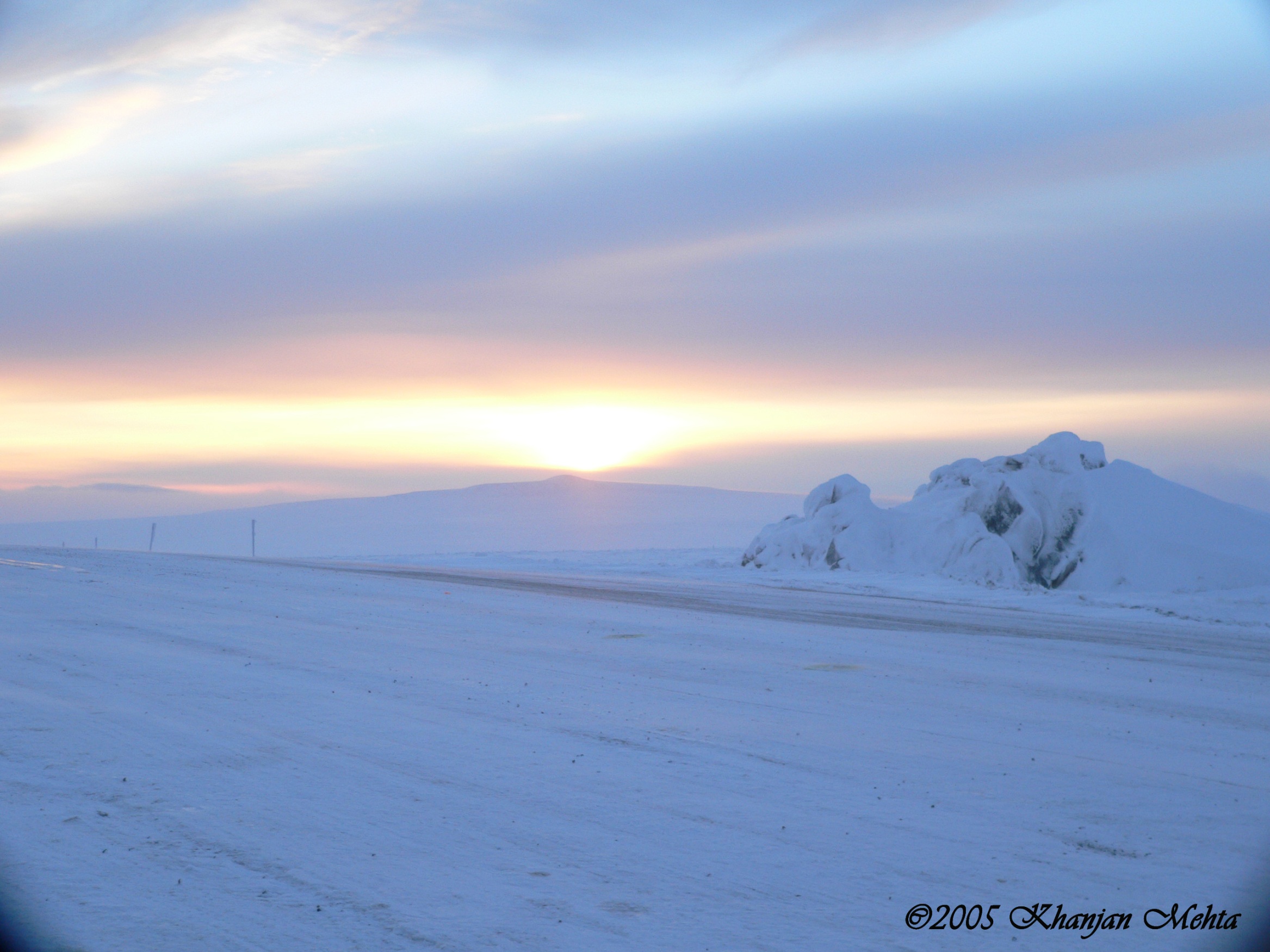Alpine tundras are located high up in mountains, where the altitudes levels are so high that no trees grow there. At night time the alpine tundra’s temperature is below freezing.
The plants in the alpine are:
- tussock grasses
- dwarf trees
- small-leafed shrubs
- heaths
The animals in the alpines are:
- Mammals: pikas, marmots, mountain goats, sheep, elk
- Birds: grouselike birds
- Insects: springtails, beetles, grasshoppers, butterflies
Filed under: Uncategorized | Leave a comment »






